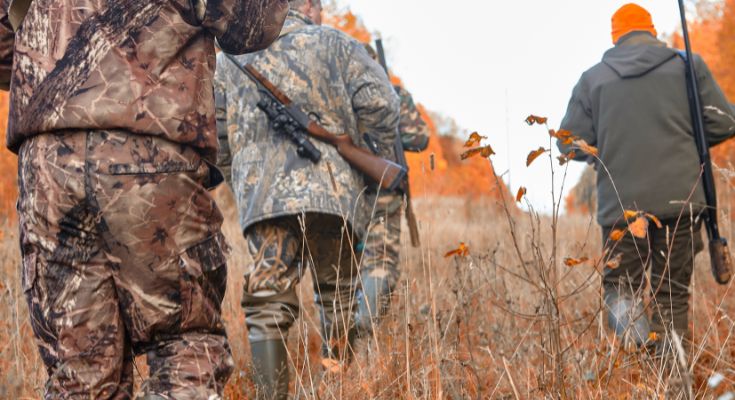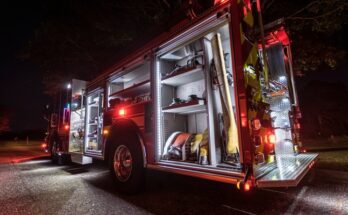Predator hunting offers unique challenges and rewards, requiring skill, patience, and a heightened awareness of safety considerations. Whether you’re tracking coyotes, bobcats, or other predators, understanding and adhering to certain safety measures can ensure your success and well-being. Here are four safety tips to know when hunting predators.
Wear Appropriate Safety Gear
Safety begins with the right gear. When hunting predators, it’s imperative to wear clothing that makes you visible to other hunters but not your prey. High-visibility vests or hats can help prevent accidents, especially in areas where you might not be the only hunter. Additionally, protective eyewear and hearing protection are essential, as they guard against potential harm from firearm discharge. Choosing appropriate footwear is also necessary because terrain can be unpredictable and challenging, requiring boots that provide support and traction.
Be Environmentally Aware
Understanding and respecting the environment you’re hunting in is crucial for safety. This includes knowing the terrain, weather conditions, and potential hazards like water bodies, cliffs, or dense foliage areas where predators might hide. It’s also important to be aware of the direction of the wind to ensure your scent does not alert your target prematurely. Always have a map, compass, or GPS device to prevent getting lost, especially in unfamiliar or vast hunting grounds.
Practice Ethical Hunting Methods
Ethical hunting practices are not only a matter of respect for wildlife but also a vital safety measure. Ensure you’re familiar with local hunting laws and regulations, including the legal hunting times, permissible weapons, and specific predator hunting regulations. Using bait or traps improperly not only poses ethical concerns but can also be dangerous for you, non-target species, and other people in the area. Ethical hunting ensures you maintain a responsible stance toward wildlife and the ecosystem.
Utilize Effective Communication and Calling Techniques
Communication is key when hunting in groups, but it’s also crucial when trying to lure predators. Effective calling techniques can significantly increase your chances of success. For instance, knowing how to call a bobcat day or night requires understanding their behavior and using calls that effectively mimic prey sounds or distress calls. It’s essential to position yourself safely and have a clear line of sight when calling, as predators can approach quickly and silently. Always ensure that your back is protected and a strategic exit route is planned.
With these four safety tips to know when hunting predators, you can approach your next hunting adventure with confidence and caution. Remember, safety is not just about personal protection; it’s about respecting wildlife, the environment, and fellow hunters.



